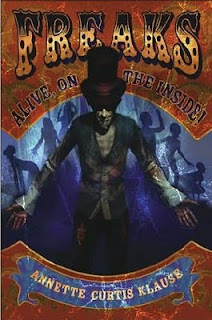 As I mentioned in my review of the preceding volume to Chaim Grade's The Yeshiva, Volume II: Masters and Disciples (1968), both volumes are out of print, rather expensive, and a bit hard to find the second volume particularly so. But good old Harold Bloom decided to put them on his western canon list, and I have vowed to purchase all those books, so it was worth the sacrifice.
As I mentioned in my review of the preceding volume to Chaim Grade's The Yeshiva, Volume II: Masters and Disciples (1968), both volumes are out of print, rather expensive, and a bit hard to find the second volume particularly so. But good old Harold Bloom decided to put them on his western canon list, and I have vowed to purchase all those books, so it was worth the sacrifice.The second volume of this epic Yiddish novel finds Tsemakh Atlas still the nominal head of his yeshiva, although he is increasingly isolating himself from the school and his students at the same time that the students and the different factions of the town are getting in more and more frequent conflicts. Chaikl, Tsemakh's former student (and the character who is most closely based on Grade himself), is now studying privately with a renowned Jewish scholar, but the more he tries to focus on studying the Torah, the more enraptured he becomes with the natural world.
After an unforgivable clash between Tsemakh and the town, he is asked to leave. His thoughts have turned back to his first fiancé, the one with whom he broke off his engagement before meeting and marrying his beautiful (and secular) merchant wife, Slava. After learning of his first fiancé's fate, he humbles himself before the town and becomes a wanderer, seeking repentance.
The second half of the book finds both Tsemakh and Chaikl back at Tsemakh's home yeshiva several years later. Although the outward fire seems to have left Tsemakh, his internal turmoil doesn't seem to have calmed down at all. Both Tsemakh and Chaikl struggle to make their separate, but parallel, life decisions from under the rubble of their theological upbringing.
In my summary I focus on Tsemakh and Chaikl since they are the core of the book, but Volume 2, much more so than Volume 1, spends lots of time on other members of the two yeshivas and the towns through which the story passes. There is not nearly as much Slava (or other women) in this volume as the first, which I found a little disappointing. The vignettes of other characters are well done, but not as engrossing as the tragic saga of Tsemakh Atlas.





